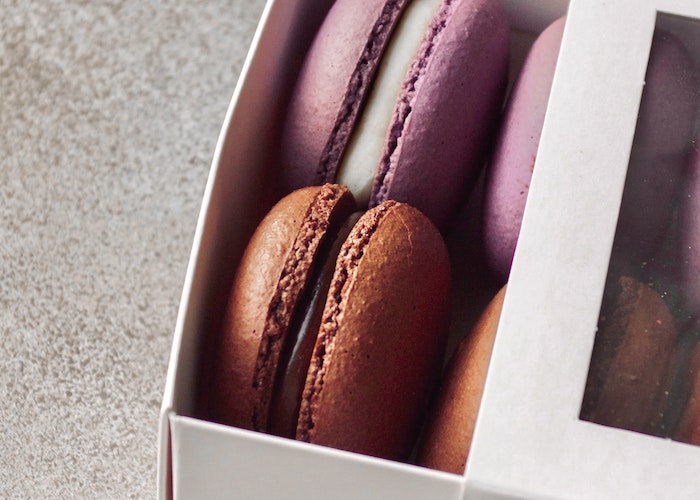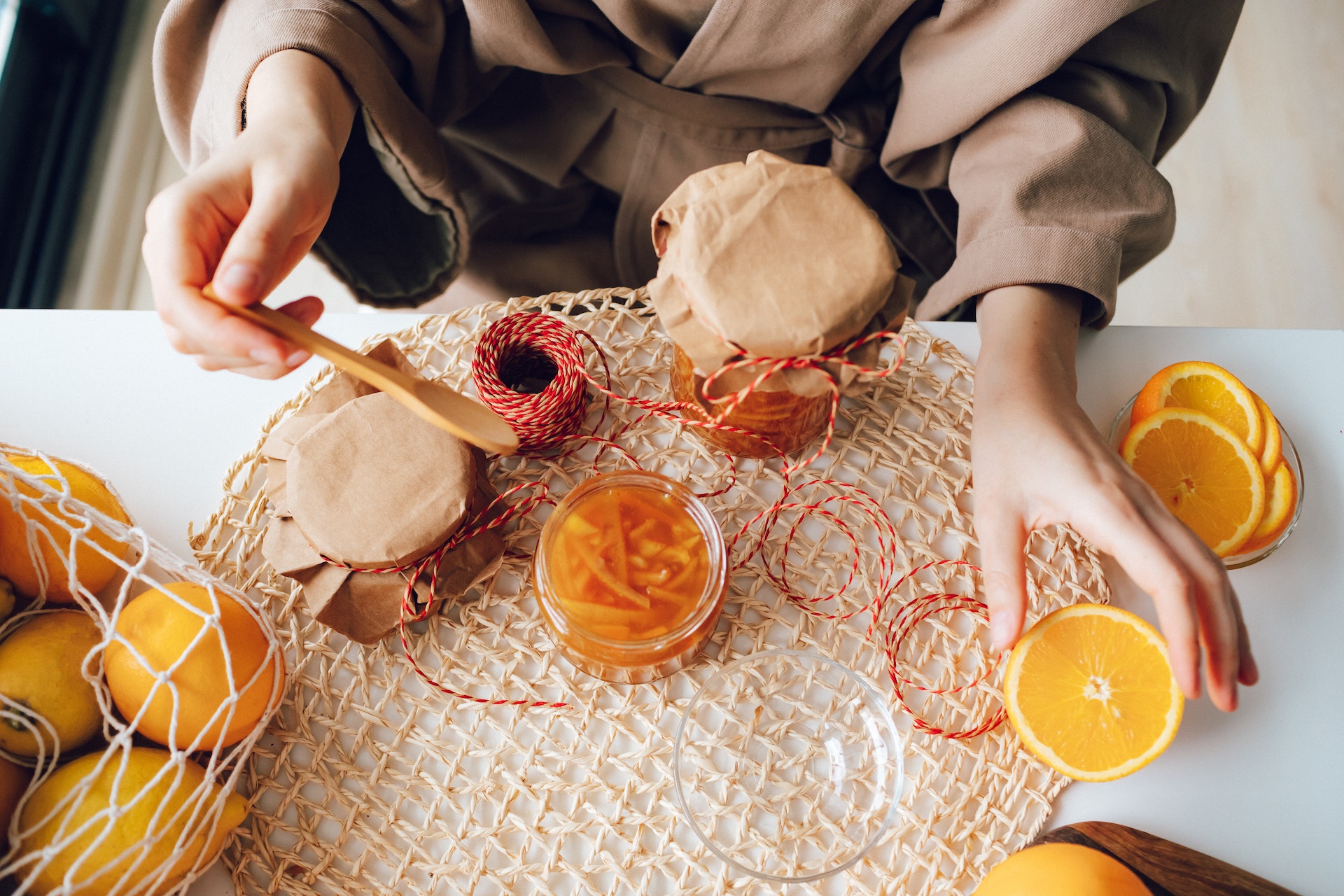In recent years, the demand for sustainable and eco-friendly packaging solutions has led to the rise of biodegradable food packaging. As concerns about environmental impact and waste management continue to grow, understanding the pros and cons of different types of biodegradable food packaging becomes essential. This comprehensive article aims to explore various biodegradable packaging options available in the market, examining their advantages and disadvantages. By delving into the benefits and limitations of each type, we can make informed decisions when it comes to selecting the most suitable packaging for our food products. Let’s delve into the world of biodegradable food packaging and uncover the pros and cons of each type.
Types of biodegradable Food Packaging

1. Bioplastics
Bioplastics have gained popularity as a sustainable alternative to traditional plastics. In this section, we will explore different types of bioplastics, such as PLA (Polylactic Acid), PHA (Polyhydroxyalkanoates), and starch-based bioplastics. We will discuss their biodegradability, renewability, and compatibility with various food products. Additionally, we will analyze the pros and cons of bioplastics, considering factors such as cost, manufacturing processes, and consumer acceptance.
2. Compostable Packaging
Compostable packaging offers the advantage of breaking down into natural elements when subjected to specific composting conditions. This section will examine compostable packaging materials like compostable films, coatings, and containers. We will evaluate their compostability standards, their effectiveness in different waste management systems, and the challenges related to industrial composting infrastructure. Furthermore, we will discuss the pros and cons of compostable packaging in terms of functionality, market availability, and end-of-life options.
3. Natural Fiber Packaging
Natural fiber packaging utilizes materials such as bamboo, sugarcane, wheat straw, and hemp to create biodegradable alternatives. In this section, we will explore the properties of these natural fibers and their applications in food packaging. We will analyze the advantages of natural fiber packaging, including their renewability, reduced carbon footprint, and potential for local sourcing. Simultaneously, we will address challenges such as moisture resistance, limited barrier properties, and scalability.
4. Edible Packaging
Edible packaging takes the concept of biodegradability to a whole new level by offering packaging materials that are safe for consumption. In this section, we will delve into edible films, coatings, and encapsulation technologies used in food packaging. We will discuss the benefits of edible packaging, including reducing waste and enhancing food safety. Additionally, we will explore the limitations, such as limited shelf life, product compatibility, and consumer acceptance.
5. Hybrid Packaging Solutions
Hybrid packaging solutions combine different materials and technologies to optimize the benefits of biodegradability, functionality, and cost-effectiveness. In this section, we will explore various hybrid packaging options, such as bio-based plastics with additives, biodegradable coatings on conventional packaging, and combinations of different biodegradable materials. We will examine the pros and cons of these hybrid solutions, considering factors like performance, compatibility, and recyclability.
6. Considerations for Choosing Biodegradable Food Packaging

Selecting the right type of biodegradable food packaging involves considering multiple factors. In this section, we will provide guidance on key considerations such as food safety, shelf life, regulatory compliance, consumer perception, and cost-effectiveness. We will also discuss the importance of proper labeling and communication to ensure transparency and build consumer trust.
Conclusion
As the demand for sustainable packaging continues to rise, understanding the pros and cons of different types of biodegradable food packaging becomes crucial. By examining bioplastics, compostable packaging, natural fiber packaging, edible packaging, and hybrid solutions, we can assess the strengths and limitations of each option. Armed with this knowledge, we can make informed decisions to minimize environmental impact while maintaining the functionality and safety of food packaging. Embracing biodegradable food packaging is a significant step toward a greener and more sustainable future.
